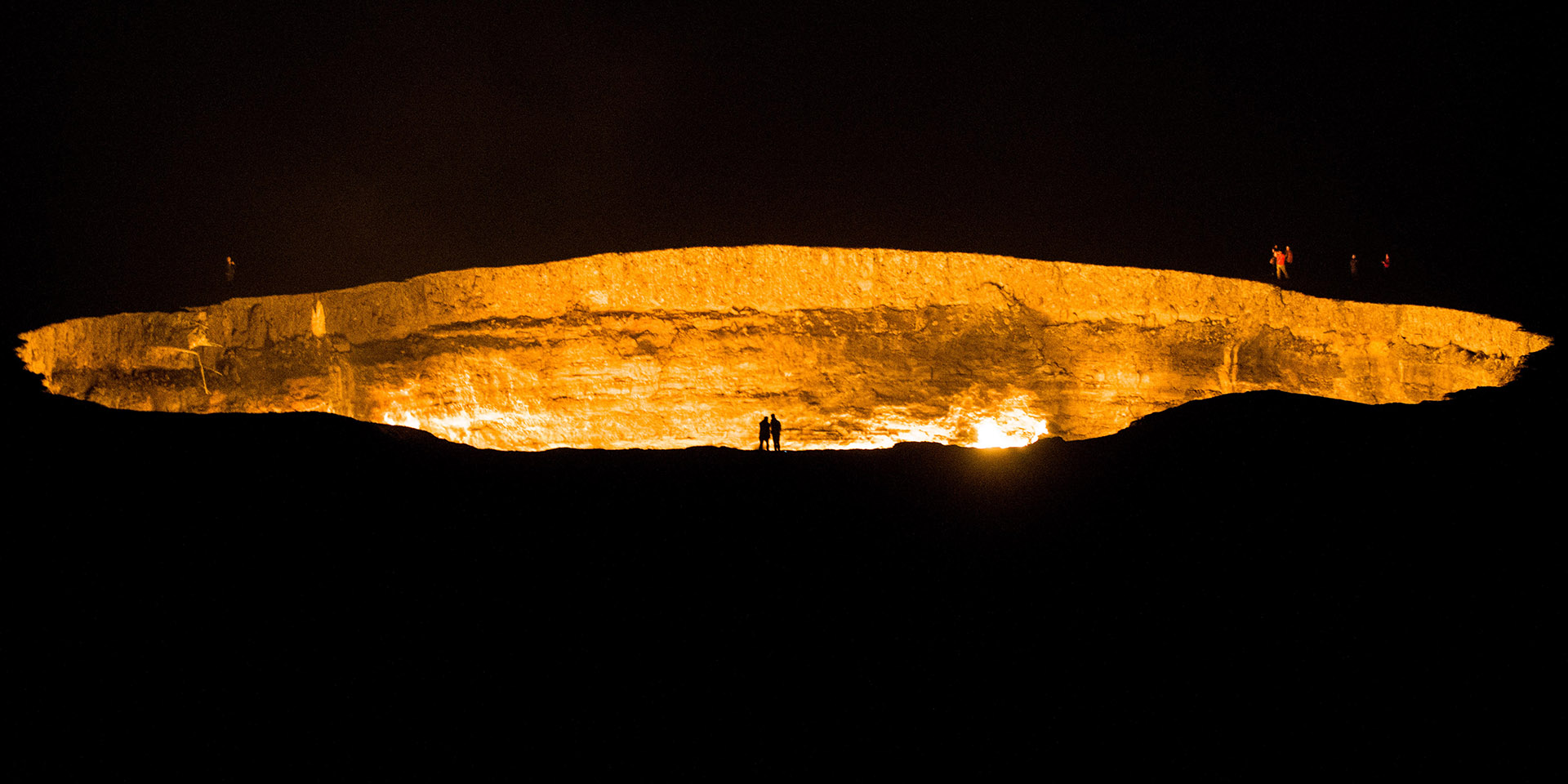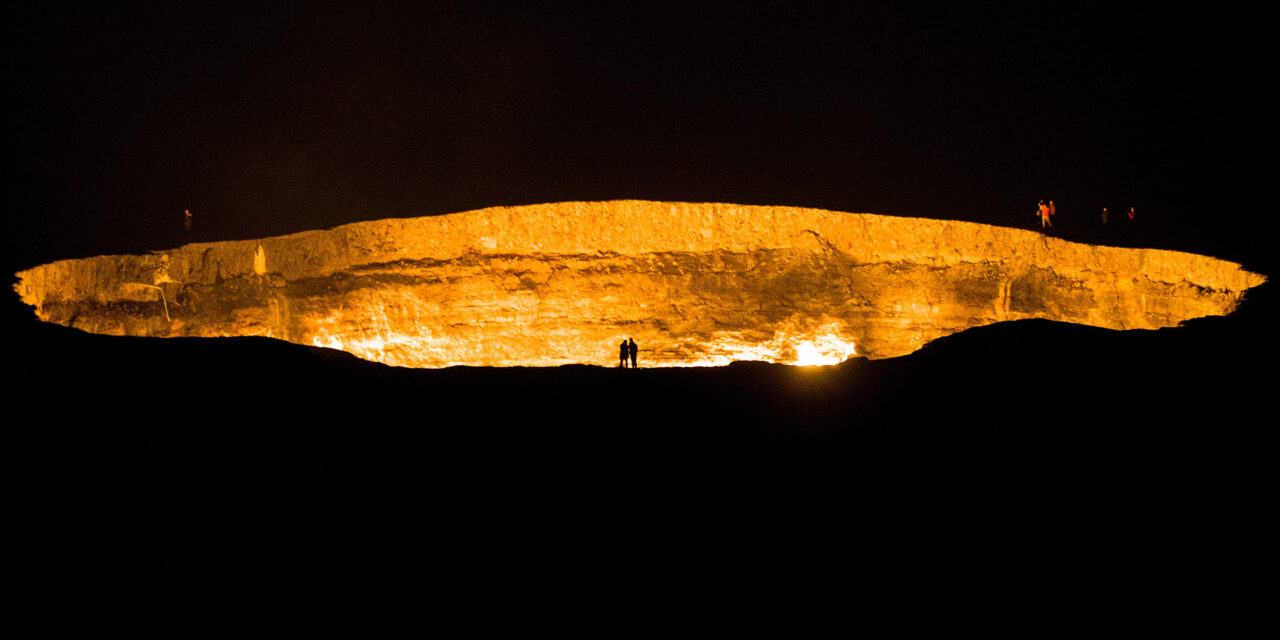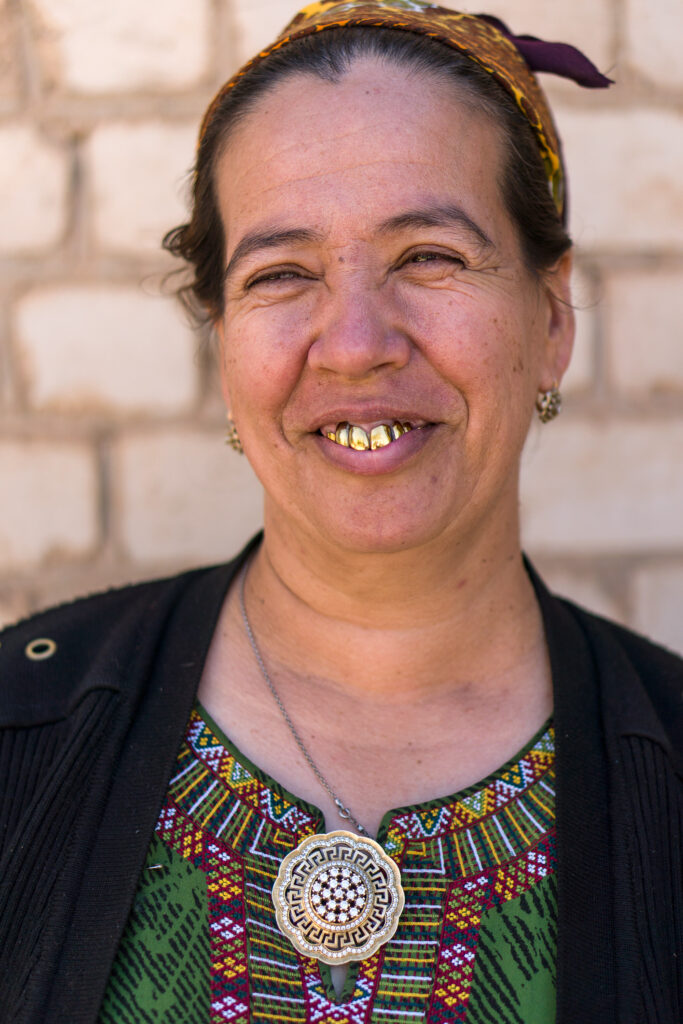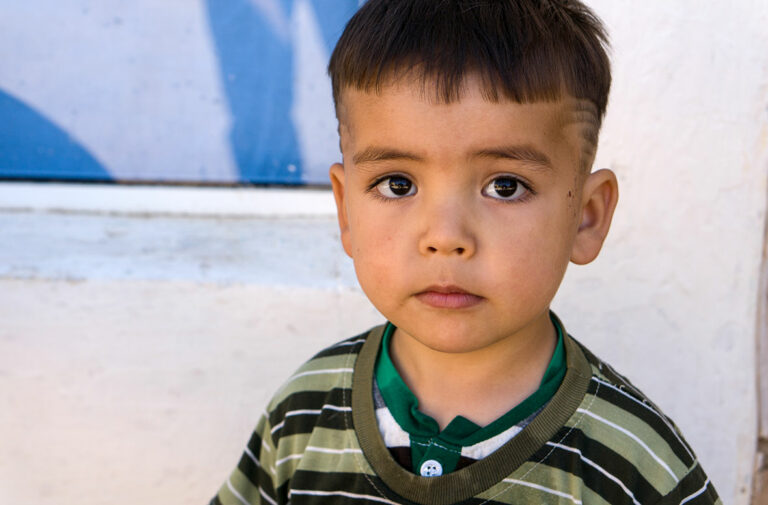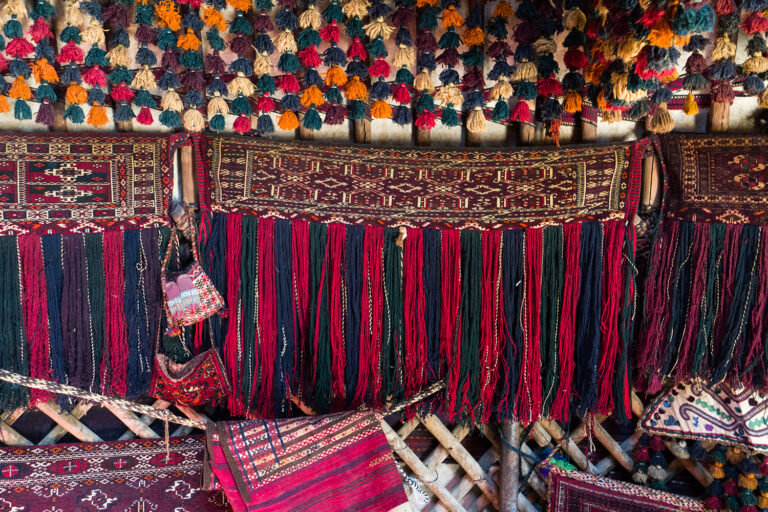WRITTEN BY
Jay Tindall
PUBLISHED
October 2, 2017
PHOTOS AND VIDEO
Jay Tindall
LOCATION
Turkmenistan
There is a fiery crater in the desert that has been burning since 1971, and it smells like a gas grill.
While the many dramatic photos and videos of the Darvaza gas crater bring the aberration to life, little can properly portray the sound: a whipping, low, persistent hum from hundreds of flames – almost industrial.
The Door to Hell isn’t the most amenable site in Turkmenistan; it’s in a desert far from the city, uncomfortably cold at night, and smells, obviously, of gas. But, those who see it never forget.
The isolated crater is around 274 kilometers from Ashgabat on bumpy roads through empty Turkmenistan desert scrub, and the key to a pleasant Door to Hell experience is getting there for sunset. The drive takes only three hours under normal conditions, but we were keen to see a little more of Central Asia’s most undiscovered country.
Turkmenistan is a fascinatingly secluded country. Ruled over by some of the most autocratic dictators in modern history – namely Saparmurat Niyazov who made declarations against, among other things, beards, circuses, and gold teeth – Turkmenistan is largely unexplored by the tourist masses.

ABOVE: The posh Yyldyz just outside of Ashgabat.
Conversations regarding the Door to Hell invariably lead to the question of how there came to be a hellish crater filled with endless nightmarish fire in the middle of the Turkmen desert. The jury is still out in that regard. Most agree it was set on fire by Soviets trying to burn off noxious gas after a drilling rig collapsed, others that it was a local angry shepherd tossing a burning tire into the pit. Whatever the catalyst, the end result is a 70-meter hole of fire, gas, and boiling mud.

ABOVE: Sand overtaking the desert roads of Turkmenistan.
There’s not much to describe in the way of sights to see along the desert road. Put the Darvaza gas crater into Google Maps and you’ll be well into your second scroll before you see so much as a road. Camels occasionally pepper the peaceful, empty wastes.
There is, however, one stop on the way. At a village in the middle of the desert nowhere, we stopped to meet a family. Ushered to their yurt, they were kind enough to allow us to observe their life a little, offering us tea as we got to know their world a little bit better – from their food stuffs to their yarn making.
ABOVE: The family and the crafts they made along the road to the Door to Hell.
Noting the friendliness of our hosts and their livestock, we continued on to catch the Door to Hell at its most impressive moment: sunset.
At sunset, when the sky is dark, the crater glows. During the daylight hours, the Door to Hell is still impressive, to be sure, but it’s in the stygian black of the desert night that it comes alive. Looking at the crater, it’s not just the night that’s black, it’s the ground too. Nothing seems to exist but pit and fire.

ABOVE: In the deep, black desert nights, only the crater can be seen.
As a photographer and videographer, it was my goal to capture the peculiar crater with every weapon in my arsenal. Sadly, however, my luggage was lost for three days, so I had to make due, sans tripod.
Long exposures and time lapses were less practical so the moment called for a great deal of running around – running up to the crater with the camera on an extension, which, in hindsight was not very safe.

ABOVE: Travelers try to make it to the Door to Hell for sunset.
People have been known to fall into the Door to Hell. On my visit, I was told of a Russian who did so, alive though a little worse for wear, and George Kourounis who made his way down on the National Geographic show Die Trying.

ABOVE: The fire has been burning for more than 45 years.
As to the experiences in the area, there is little more to do than walk around the crater or go to a nearby desert hill to see it from a distance – both of which are well worth the car journey. On our trip, there were only about 15 people in attendance for sunset. In the dark, people are only really visible when they’re right by the crater. If they step back, they disappear.

Some people choose to camp on site, despite the cold. The only warm place is by the crater itself, but sucking in gas all night isn’t recommended by most health professionals – or amateurs for that matter. Similarly, there are barbeque options, but the waft of burning gas did little for the appetite.
For us, it was time to return to the civilization of Ashgabat. It’s said that the original fire began because the Soviet scientists in 1971 wanted to burn off the excess gas. It burned as I left, and perhaps it will for another 46 years.

